Driving in Japan: Must-Know Information
Driving in Japan may seem like no big deal, but without appropriate preparation and understanding of the rules and road system, it can be a challenging, even dangerous experience.
CONTENTS
Basics for Driving in Japan
As a tourist, you can’t use your domestic driver’s license to drive in Japan. Instead, you’ll need a valid International Driving Permit (IDP) obtained in your home country. If you’re in the USA, you can pick one up at your local AAA office.
IMPORTANT: International licenses issued by the International Automobile Association (IAA) are not valid in Japan.
Only International Driving Permits issued by Geneva Convention member countries are accepted. Driving without the proper license could result in you being arrested.
Japan Drives on the Left
Rules of the Road
Understanding the rules of the road in Japan is crucial for safe driving. Although most of the rules are similar across the world, Japan has some distinct differences.
Pedestrian is King
First, let’s talk about pedestrian right of way. I know pedestrians have the right of way in the USA also, but not like Japan.
Pedestrians always have the right of way in Japan, and automobiles must yield to pedestrians at all times. This rule is written in the Japanese Road Traffic Act and is strictly enforced.
Pedestrians always have the right of way in Japan
Pedestrians Waiting at a Crosswalk
If you’re at a traffic light, you need to make sure there are no pedestrians in the crosswalk when turning, or passing through an intersection. Never cross in front, or between pedestrians on a crosswalk at a traffic signal. This is both illegal and dangerous.
One rule in particular that is not very well-known, but is still strictly enforced, is that drivers must stop before crossing over a sidewalk. Vehicles exiting a parking garage, driveway, gas station, or any similar location must come to a complete stop at the sidewalk line before advancing, even if there are no pedestrians visible at the time.
There are very strict consequences for accidents that involve a car and a pedestrian, a cyclist, or a scooter. No matter the situation, if you’re the driver of a car, you’ll be in the wrong and found at fault.
No Turn on Red
It might surprise you, but in Japan, turning on a red light is not allowed. The traffic lights are strictly followed, and failure to do so can result in steep fines.
Just turning left on green can be difficult enough in Japan. Bicycles and scooters often ride near the curb and can pass cars. Before you initiate a left turn, it’s your responsibility to look over your shoulder for bicycles and scooters passing you on the left.
Remember, regardless of the situation, you’ll be found at fault if you hit a pedestrian, bicycle, or scooter. No exceptions.
Stop Signs
Stop signs in Japan are not an octagon like they are in America. They look more like a yield sign, and often only have Japanese characters indicating it’s a stop sign.
Make sure you come to a complete stop before the stop line, and then creep forward. If there’s no stop line, come to a stop before the stop sign. Rolling through a stop sign is illegal and will result in a steep fine.
Driving Over Railroad Crossings
In Japan, you’re required to come to a complete stop before crossing any railroad tracks. Even if there’s a crossbar and a signal, you must come to a full stop and make sure no trains are coming.
Also, make sure the car ahead has cleared the tracks and that you’ll be able to clear the tracks once you start crossing. It’s not like America, where a train comes once every few hours. In Japan, trains come often and they come fast.
Stop Lights are Weird in Japan
The first thing you’ll notice about stop lights in Japan is that they’re sideways. The red light is on the right and the green light is on the left. I think there are places in the US and Canada that have horizontal lights, but in Japan, it’s the norm.
The next thing you’ll notice is the odd way they do traffic lights with green arrows. If you see a red light with a green arrow, it means that traffic can go in the direction of the green arrow, but all other traffic must stop.
Traffic Signal with Four Arrow Signals, CC BY-NC-SA 2.0
Common Road Signs
While driving in Japan, it’s a good idea to familiarize yourself with Japanese road signs. Japan uses international road sign standards, but many signs are only in Japanese.
Here is a shortlist of some common road signs:
Common Japanese Road Signs
Other Challenges of Driving in Japan
Narrow Roads
Some roads in Japan can be extremely narrow. Sometimes it’s surprising that the road is open to two-way traffic. When on a narrow pass, it’s important to drive slowly and carefully.
Narrow Road in Japan
Parking
Parking in Japan can be quite tricky due to the lack of space, and parking on the streets is often prohibited. Instead, you’ll need to park your car in a driveway or a designated parking area. Public parking lots are available but can be expensive, especially in city centers.
Low Speed Limits
Speed limits in Japan are quite low compared to many Western countries. Most roads have a limit of 30 to 40 km/h, and for highways, it varies between 80 and 100 km/h. Keeping to these limits is essential to avoid fines.
Expressways aren’t Free
Tolls are prevalent on Japanese expressways, and the cost depends on the size of your vehicle’s engine and the distance traveled. You can pay these tolls using cash, credit cards, or an ETC card (Electronic Toll Collection Card).
Car Rentals
Finding a suitable rental car in Japan is not a problem. Many international and local companies offer a range of vehicles to choose from. Remember to reserve your car well in advance, especially during peak tourist seasons, to ensure availability.
International Companies
Japanese Companies
Want a Unique Japan Trip?
Discover Japan planning secrets with our best-selling Itinerary Planning Course. Or inquire about our exclusive Small Group Tours.
Helpful Links
Final Thoughts
Driving in Japan is a great way to explore more secluded areas and attractions not easily accessible by public transport. But it also requires preparation, understanding of the road rules, and patience to make it safe and enjoyable.
Before you embark on your Japanese road trip, plan your route carefully, including fuel stops and rest areas, as some rural areas might lack these facilities. Also, stay updated with weather conditions, particularly in winter, when some roads may be closed due to heavy snowfall.
All that’s left to do is to enjoy your road trip! Ikimashou (行きましょう).
Disclaimer: There are affiliate links in this article. This means that if you make a purchase after clicking on these links, we may receive a small commission at no extra cost to you. We have no association with the companies or the products reviewed. These are our own opinions of top travel products.


 ©Pixabay
©Pixabay
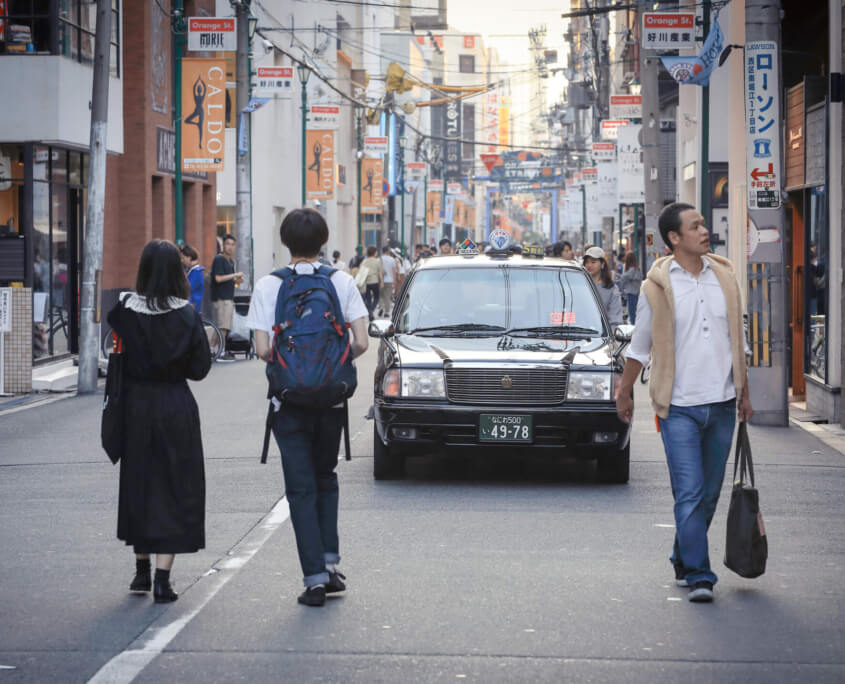
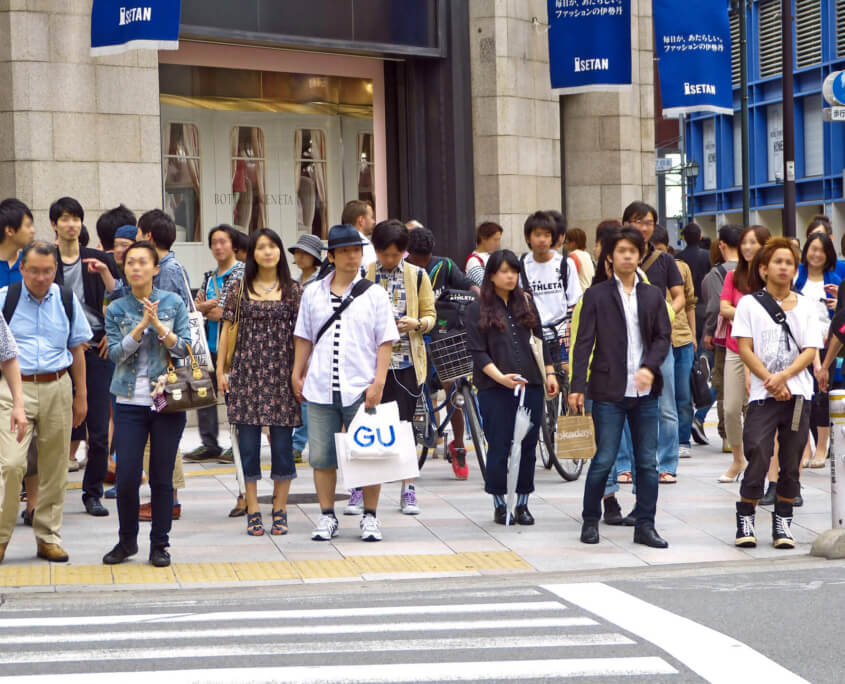
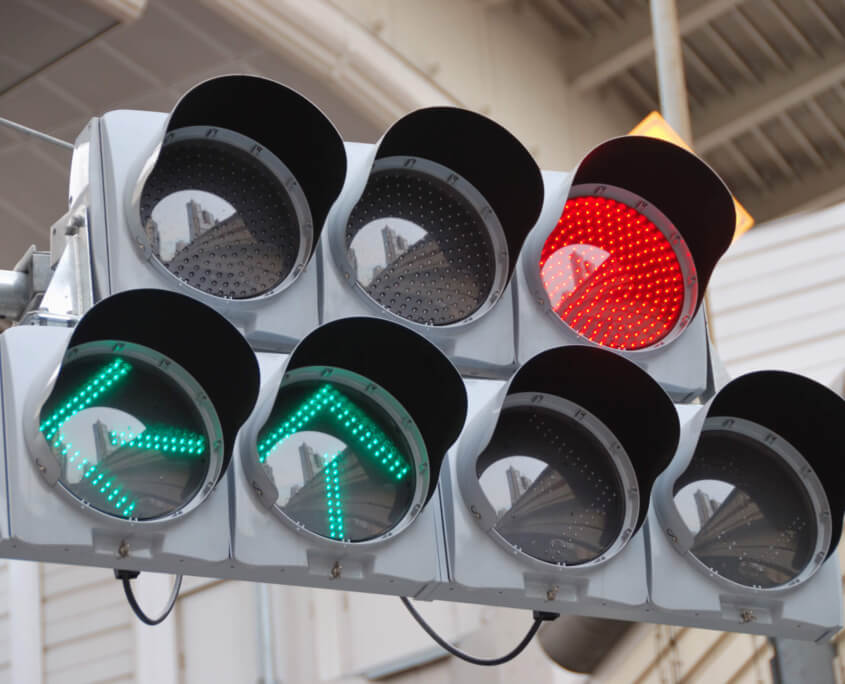

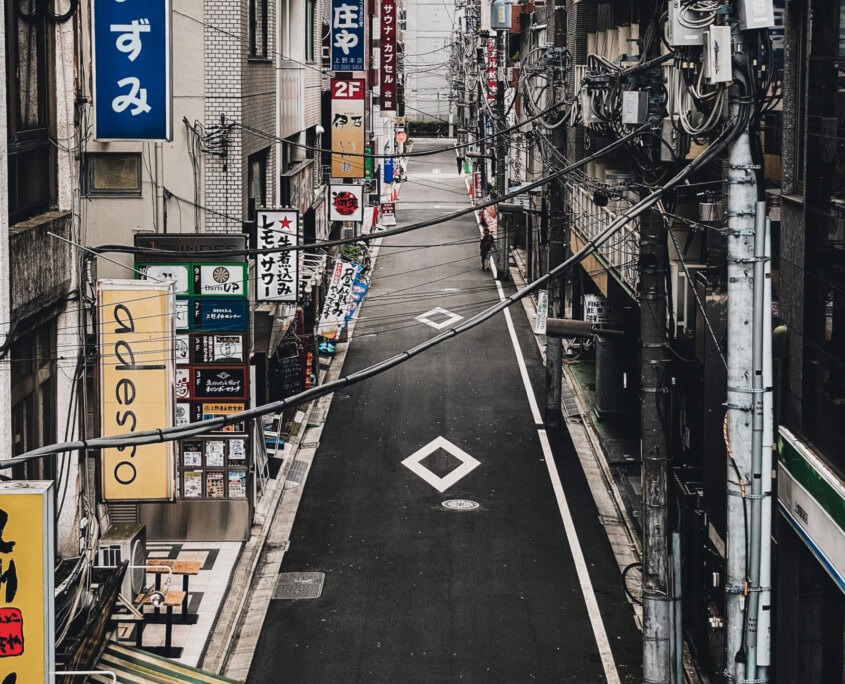
 ©JAPANandmore.com
©JAPANandmore.com  @JAPANandmore
@JAPANandmore 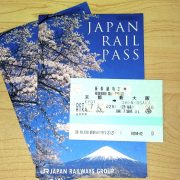

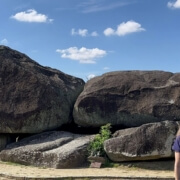 ©JAPANandmore
©JAPANandmore 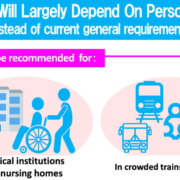 @Prime Minister’s Office of Japan
@Prime Minister’s Office of Japan 





 @JAPANandmore
@JAPANandmore